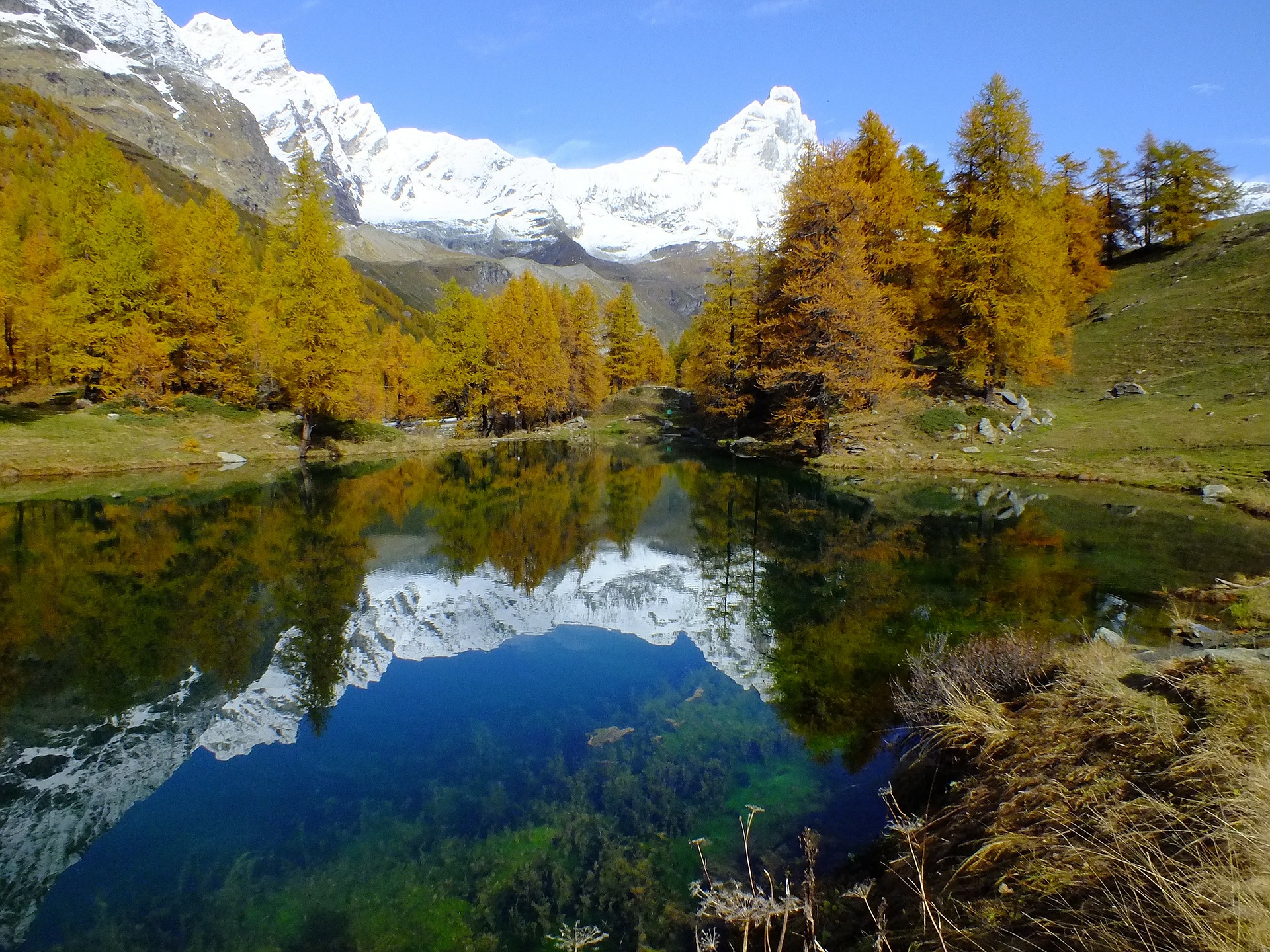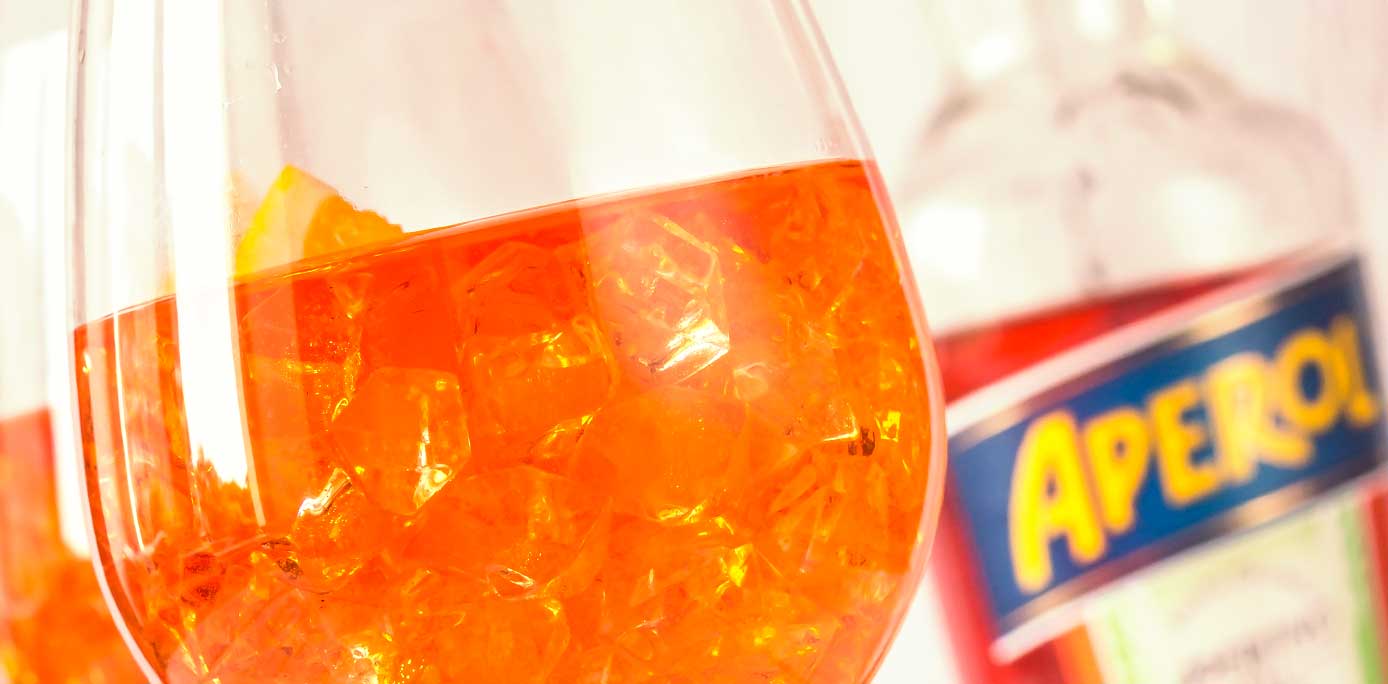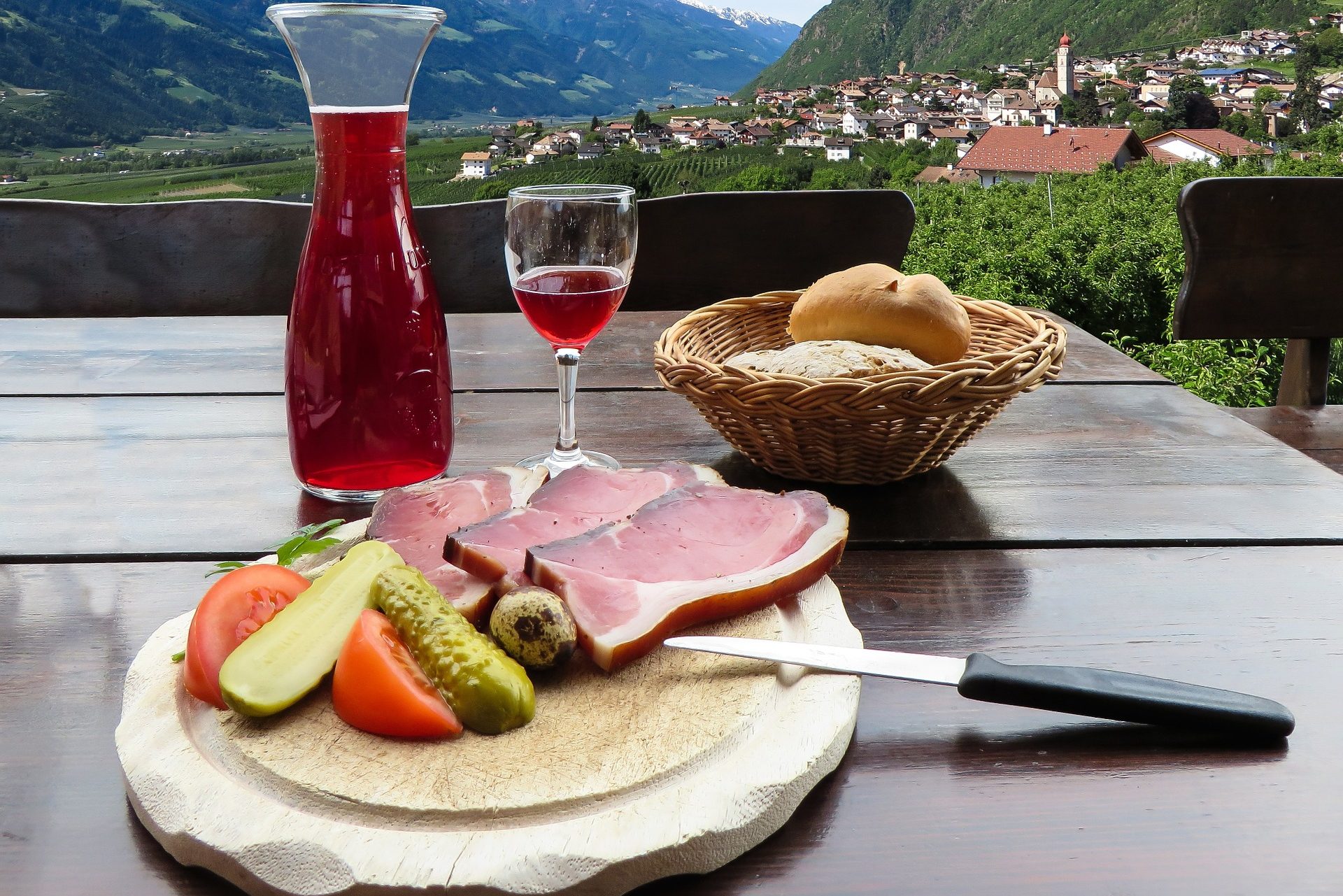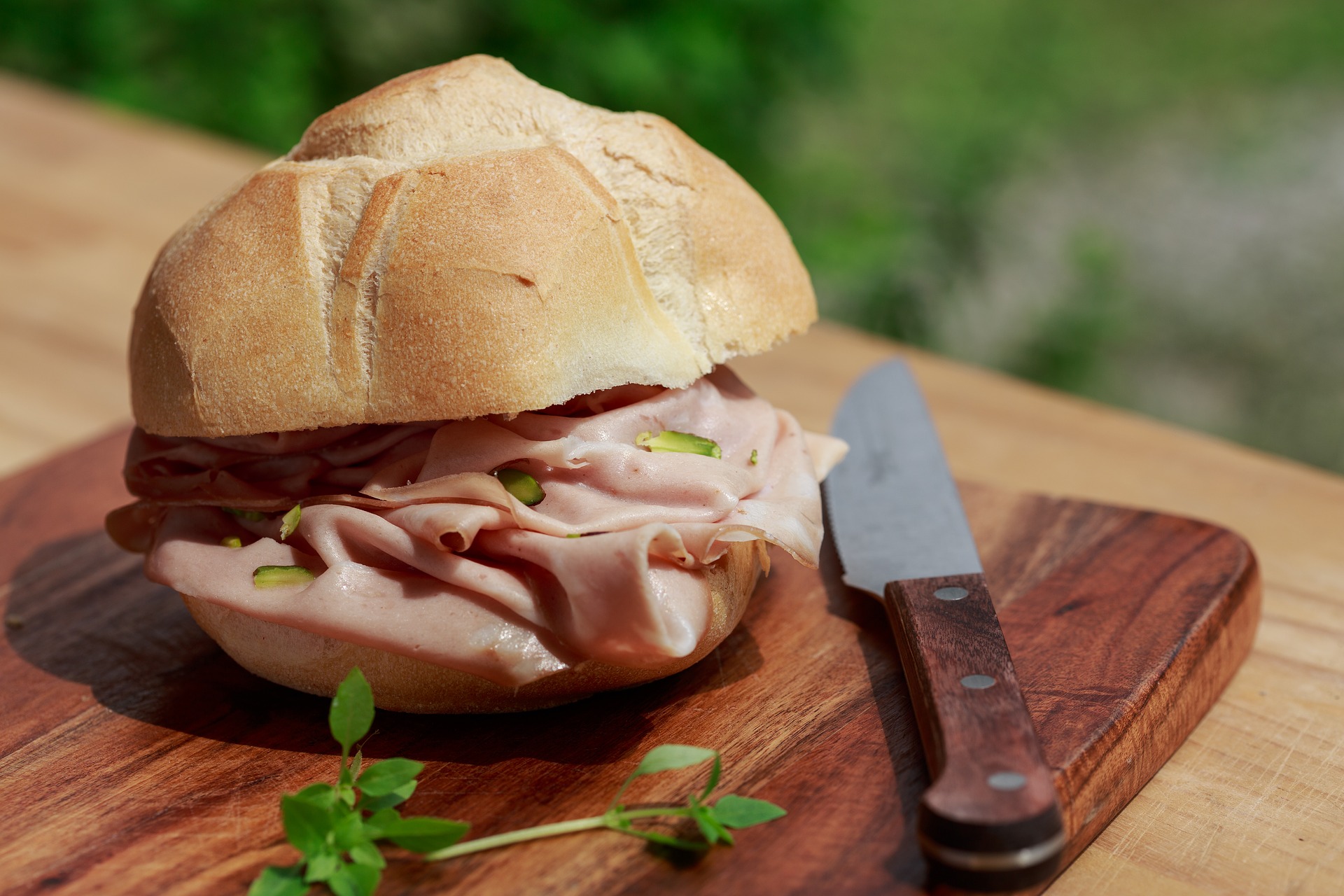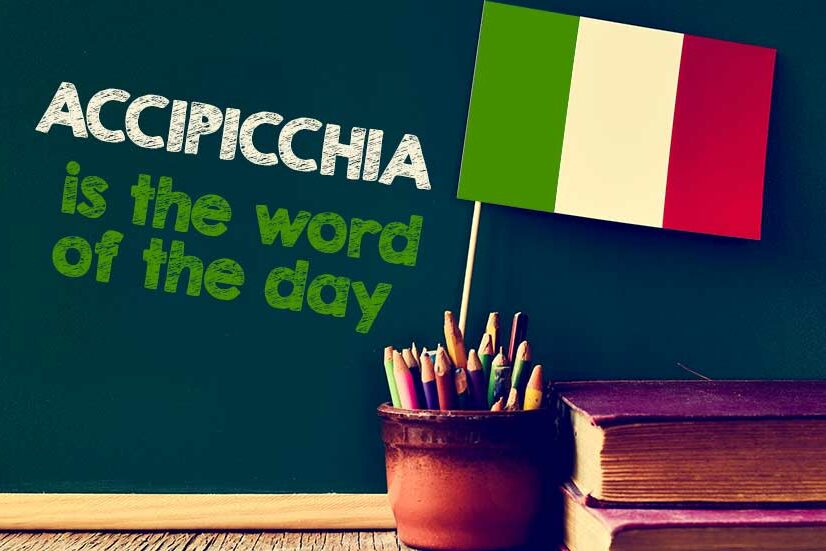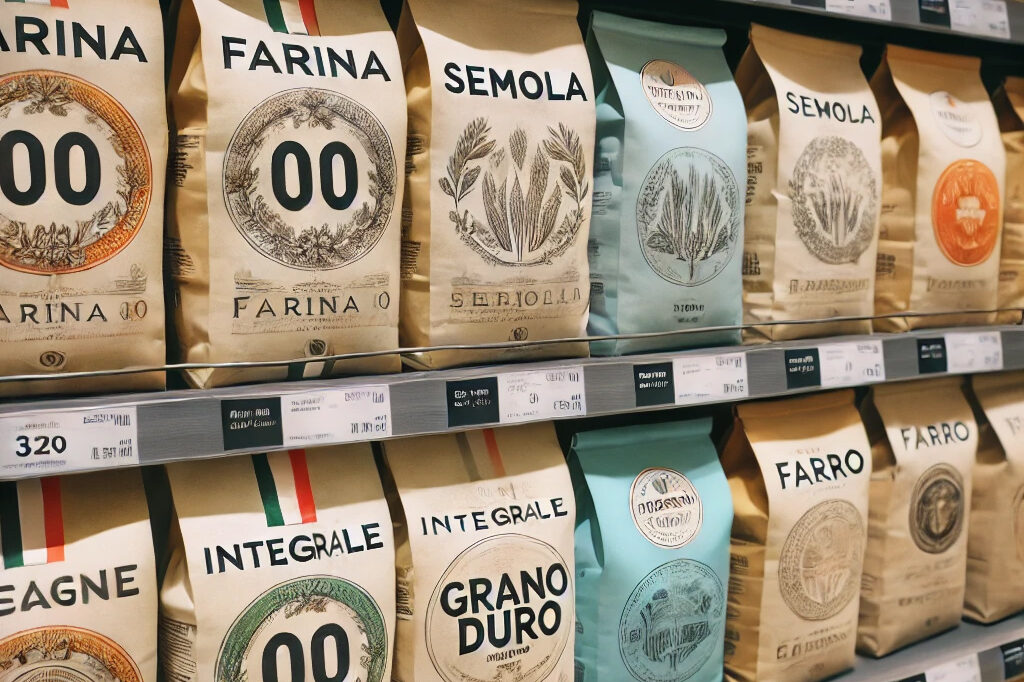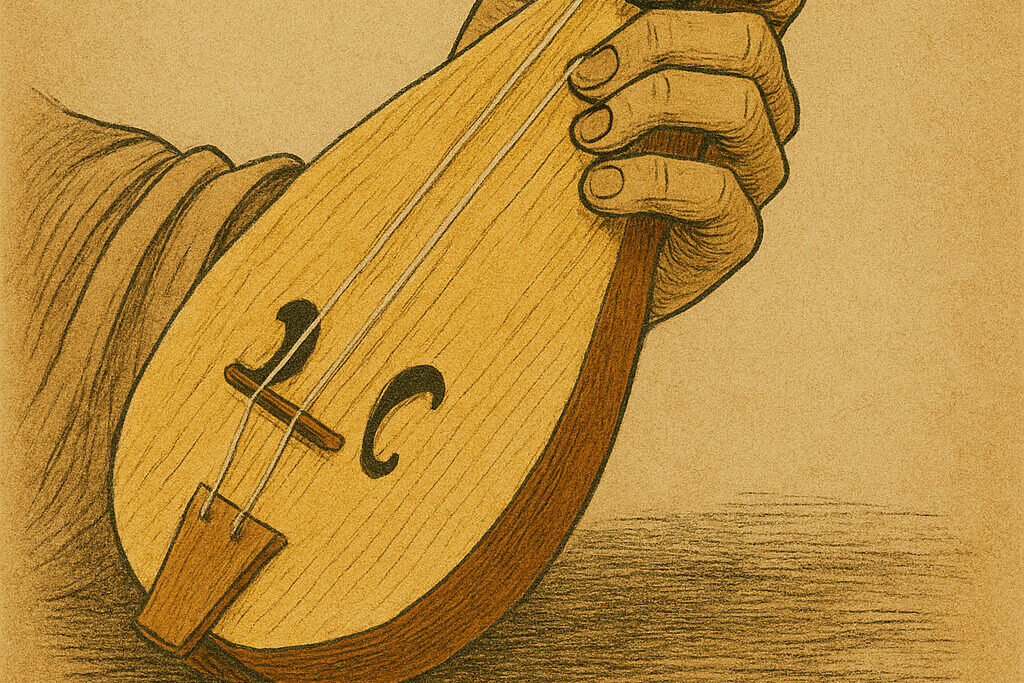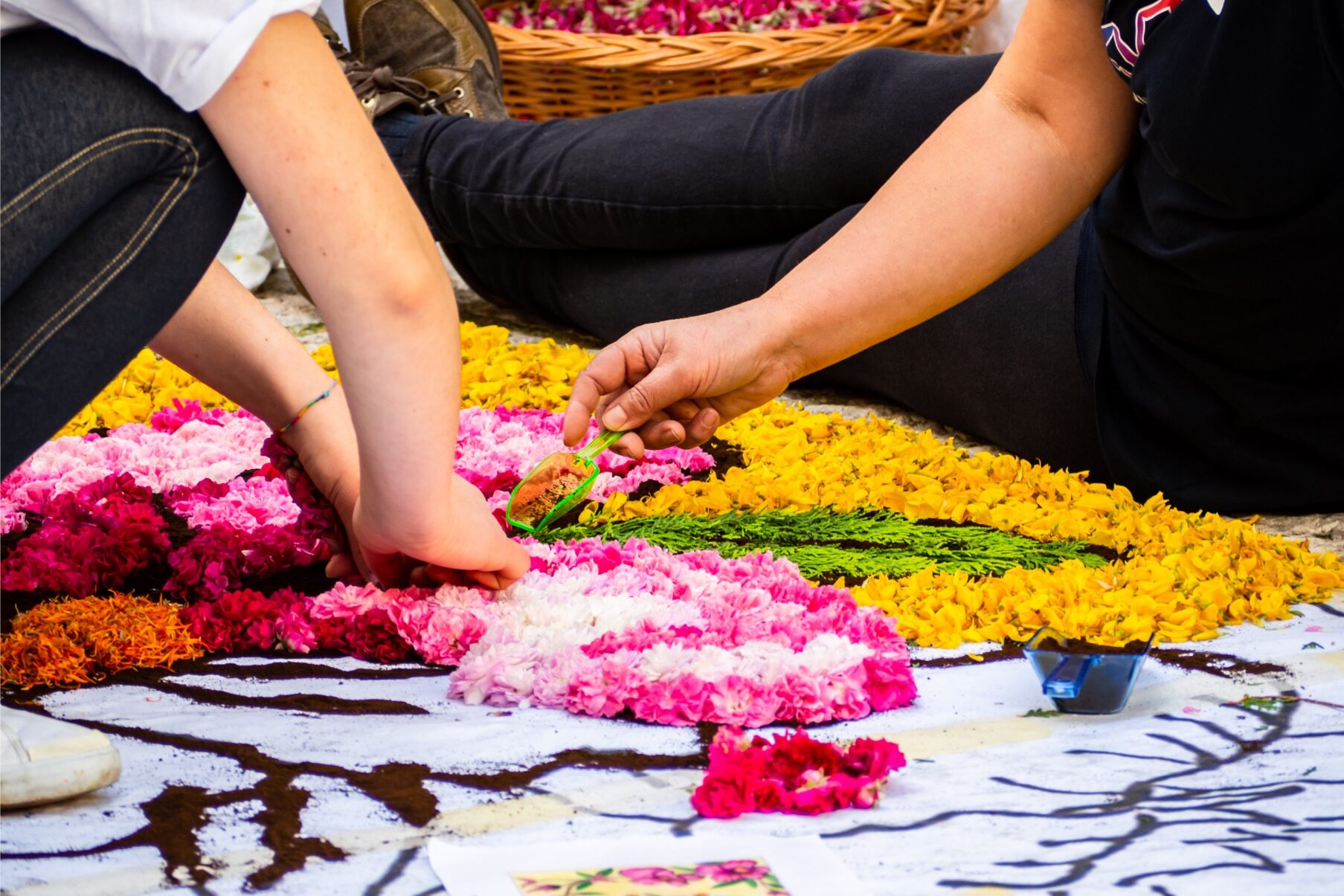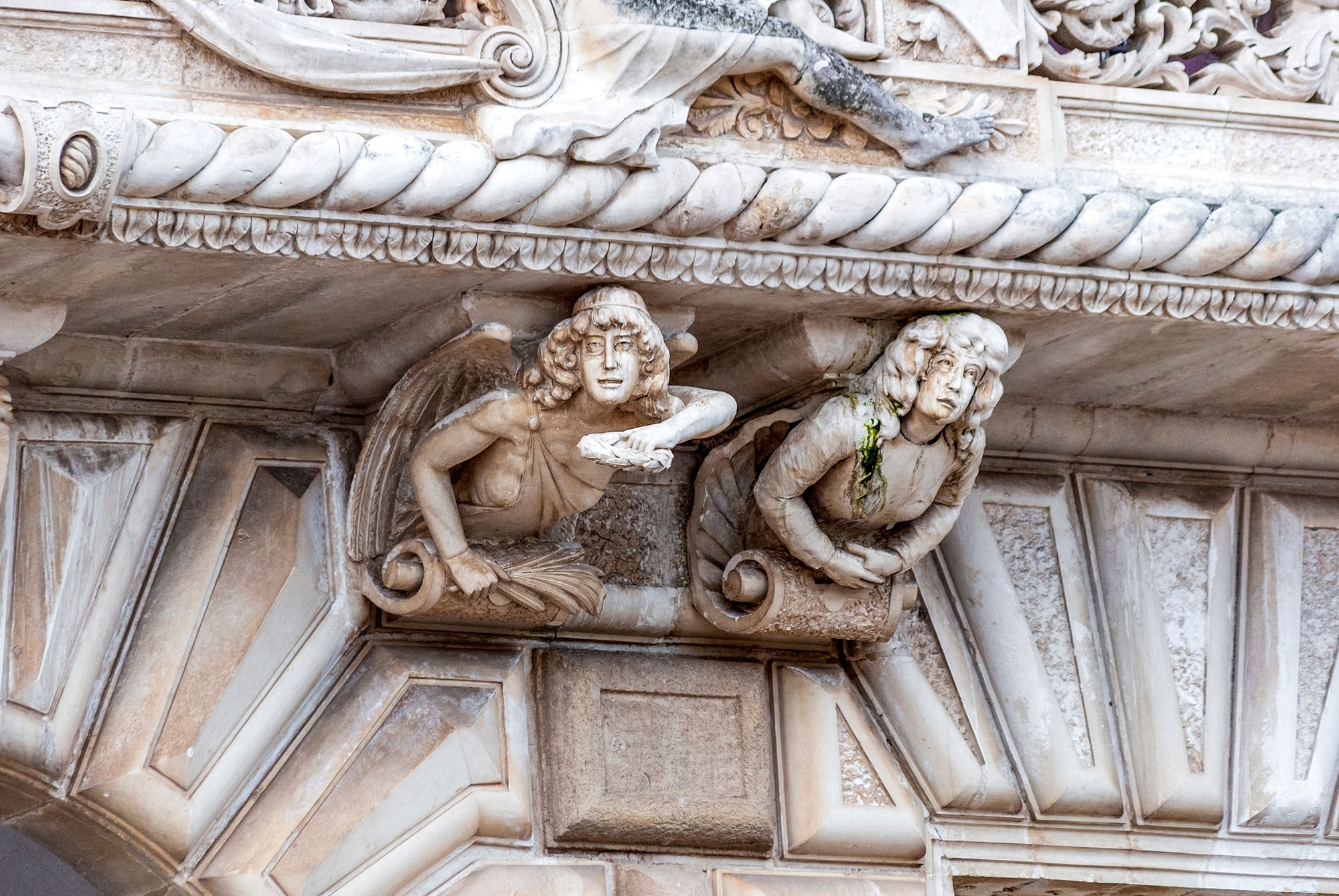Scene: Customer enters wine shop, proceeds to browse section of Italian wines. Pauses in front of bottles on shelf, labels read “Blanc de Morgex et de La Salle”.
Store Clerk: Can I help you?
Customer: Well, no, not exactly, but someone stacked bottles of French wine here in the Italian section.
Such is the introduction of many wine consumers to the wines of Valle d’Aosta.
As Italy’s smallest and least known wine region, Valle d’Aosta faces some challenges with brand identity and international presence. But, don’t be fooled by its small size and modest renown: Valle d’Aosta produces wines of high quality and distinction.
One can find Valle d’Aosta located in Italy’s extreme northwest, occupying the space above Piedmont and against the borders of France and Switzerland. And with only 253 hectares under vine, Valle d’Aosta is Italy’s smallest wine region not only in terms of vineyard area but production as well. The excellent website ItalianWine Central.com notes Valle d’Aosta DOC yearly production average of just 115,750 cases. Compare that to the same website’s reporting of average annual production for Montepulciano d’Abruzzo DOC at 9,300,000 cases.
Some say that Valle d’Aosta is not exactly well-suited for viticulture purposes, pointing out that the region’s extremely mountainous territory makes agricultural pursuits difficult at best, and are quick to point out that the alpine altitudes are not exactly hospitable to many of Italy’s native wine grapes.
While those perspectives hold some truth, perhaps Valle d’Aosta is more blessed than some tend to think.
With cold winters, cool summers and ventilating winds running down from the mountaintops, the region of Valle d’Aosta is naturally inclined to carry out vine cultivation without obligation to entertain excessive pesticide interventions.
In the case of Prié, for example, a native wine grape responsible for one of Italy’s most satisfyingly light white wines, vineyards are situated as high as 1,200 meters, nearly 4,000 feet, Europe’s highest. Due to the combination of high elevation and cold mountain habitat, the blight known as phylloxera, responsible for having destroyed so many of Europe’s vineyards, doesn’t live there, allowing Prié to remain on ungrafted vines.
And, while true that Valle d’Aosta’s high altitudes are not conducive to growing many other of Italy’s native grape varieties, it can be argued that the region’s extreme alpine environment does contribute to a unique habitat for well-adapted grapes that do grow in Valle d’Aosta, one that endows the region’s wines with personality and character.
Among the native wine grape varieties that excel in Valle d’Aosta is Nebbiolo, known locally as Picotener and playing a principle role in wonderful wines most notably in subzones Arnad-Monjovet and Donnas. Donnas Nebbiolo is one of the loveliest yet least known examples of Italy’s Nebbiolo wines. There is also Petit Rouge, a variety reminiscent of Gamay, one that gives excellent reds especially in subzones Enfer d’Arvier and, most famously, Torrette. And the aforementioned Prié, the oldest documented grape variety of Valle d’Aosta, is used to produce the light-bodied, fragrant white wine known as Blanc de Morgex et de La Salle. We would be remiss not to mention Moscato Bianco used to make Chambave Moscato in dry and sweet styles, or Fumin, perhaps Valle d’Aosta’s highest quality red variety, which grows nowhere else in Italy, or in the world, I think, and can produce perfumed, well-structured, complex red wines.
There exists only one DOC or appellation for the entire Valle d’Aosta territory, known as Valle d’Aosta DOC, and it includes seven different subzones. There are no DOCG or IGT/P appellations as there are in many of Italy’s other wine regions.
Adding to the challenge of developing brand identity and awareness in the market is that Valle d’Aosta wines sometimes use French and/or Italian terms on the wine label (French is spoken in the region). Consider the opening scene of this article where the wine label name “Blanc de Morgex et de La Salle” mystifies the customer. One can also easily see the multi-lingual orientation reflected, for example, in the names of subzones as well, such as the above-mentioned Enfer d’Arvier, Arnad-Monjovet and Morgex et La Salle.
But, all in all, with its native wine grapes, extreme alpine environment, modest renown, and quirky bottle labels, Valle d’Aosta’s wines represent a unique and high quality contribution to the incredible diversity of Italian wine. And the simple truth is … we want to see more them on the shelves.
Tasting Note:
La Kiuva Arnad-Monjovet
Bright cherry-red fruit with an attractively moody underside, impressions of roses, saddle leather and spice. Smooth in the mouth with fine, grippy tannins, bracing acidity, hints of citrus peel and almond on the finish. La Kiuva also makes Rosé de Valle, a wonderfully raw, rustic, honest rosé well worth seeking out.
